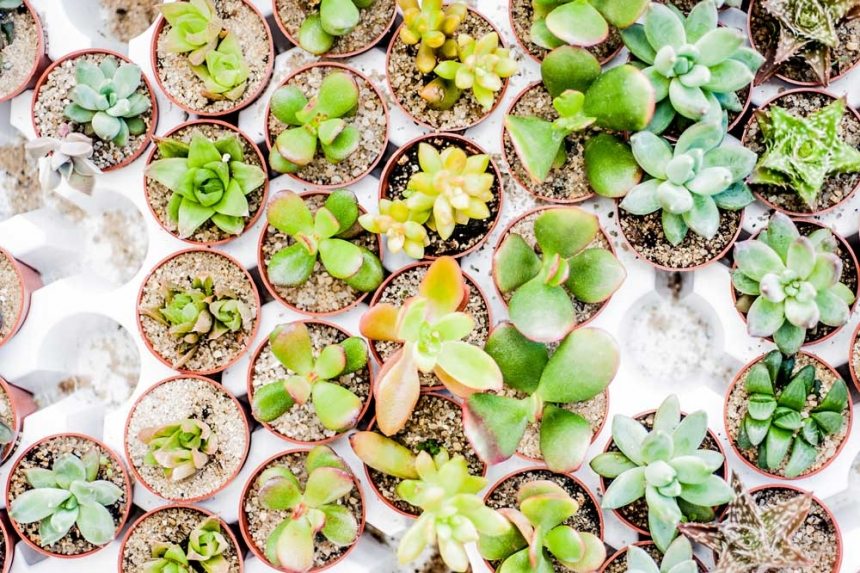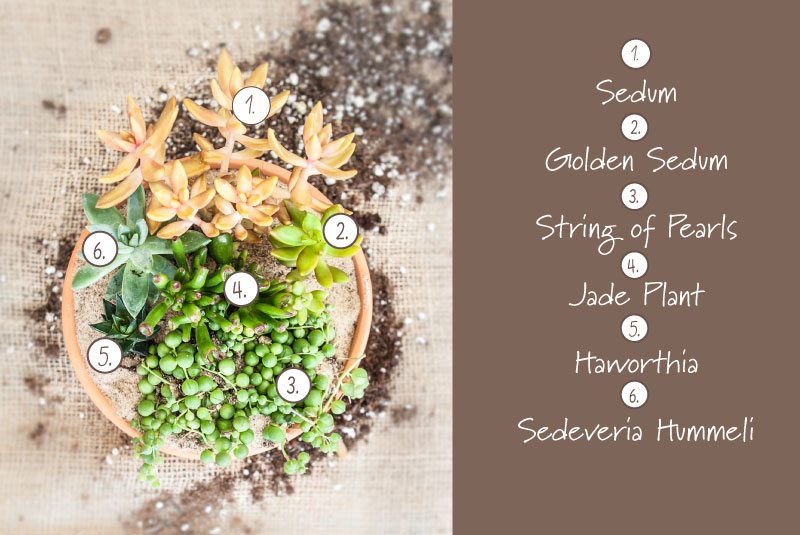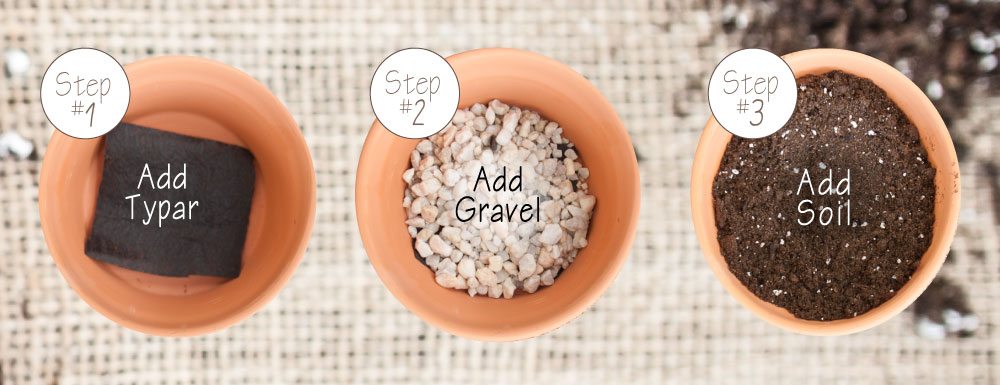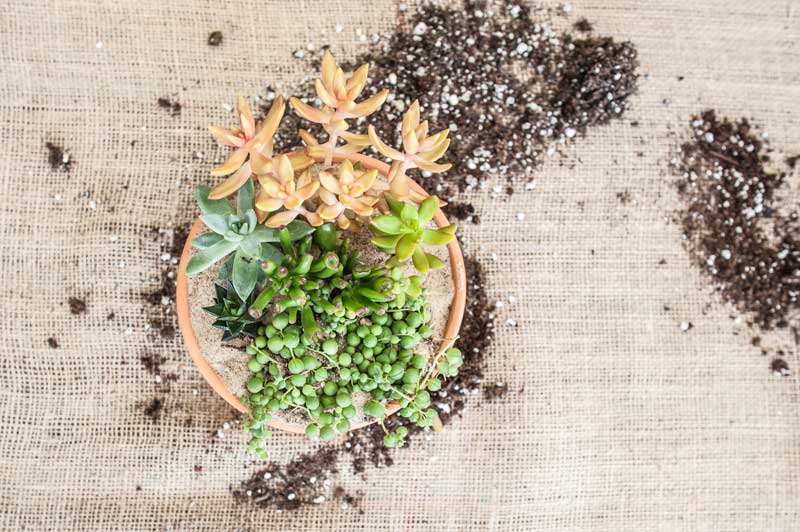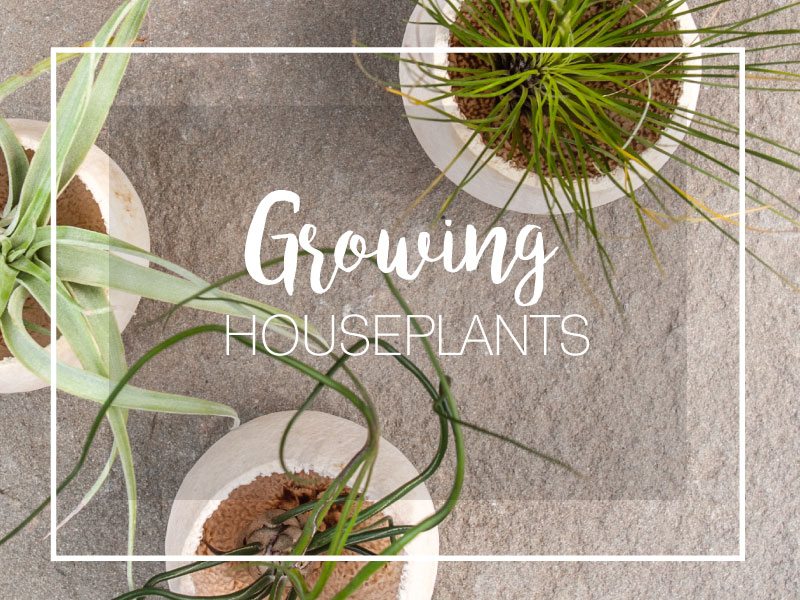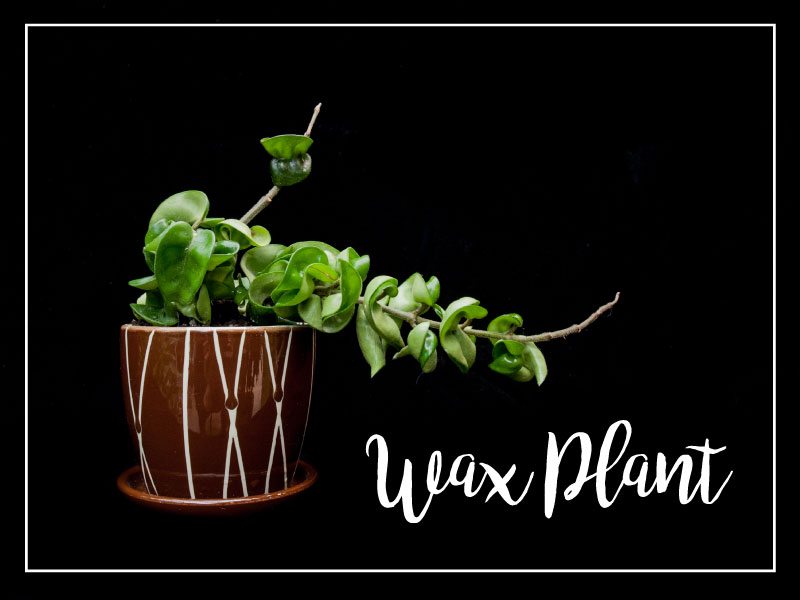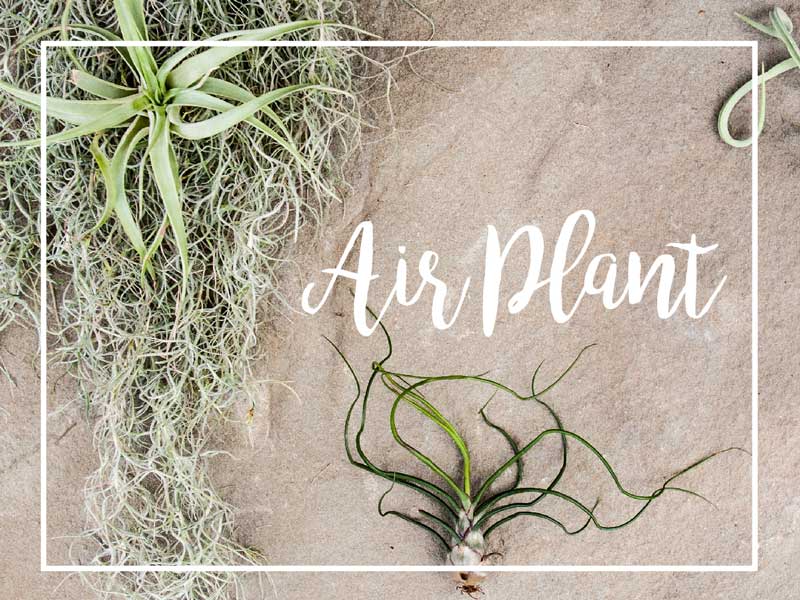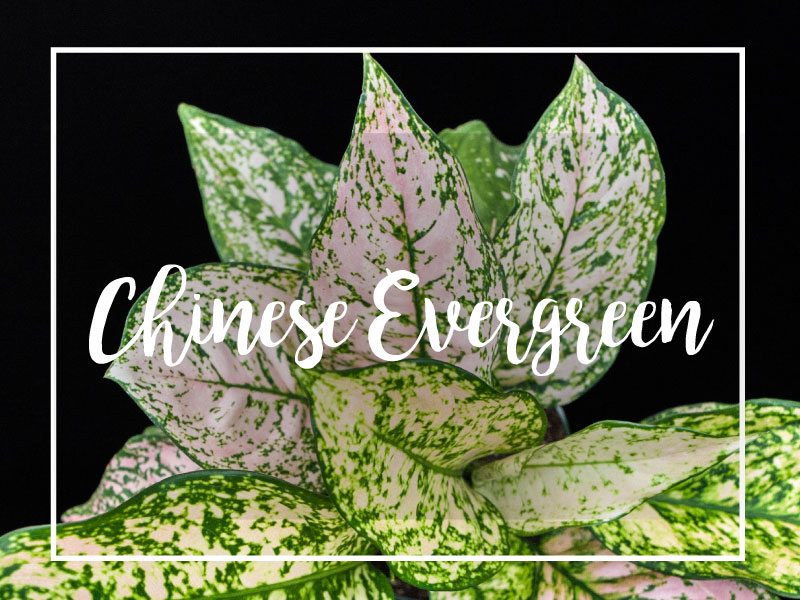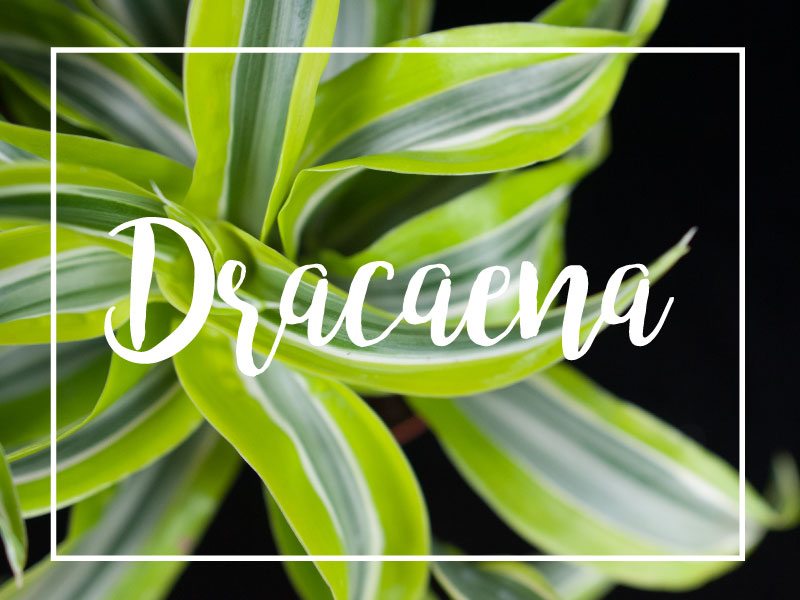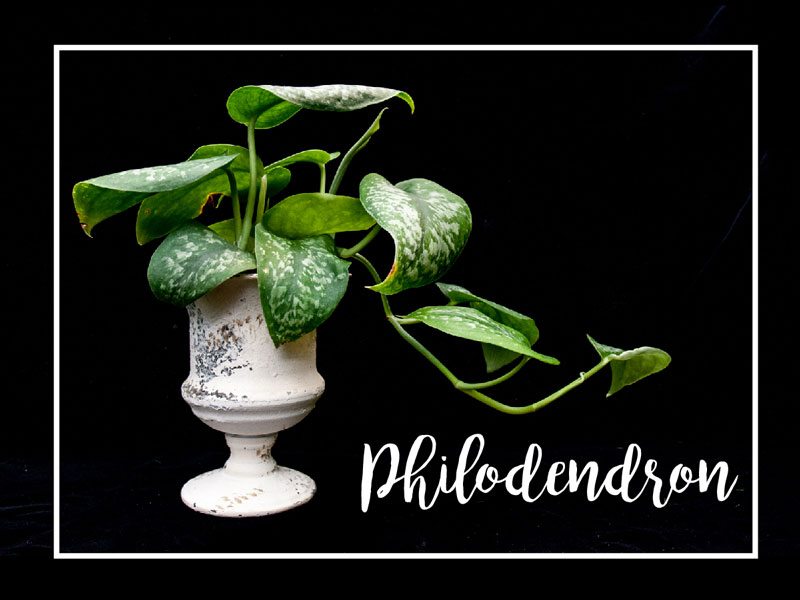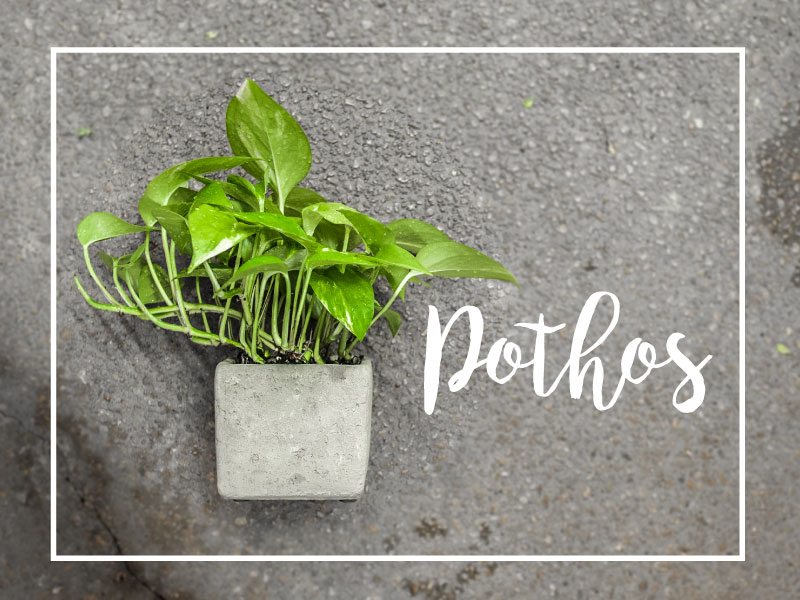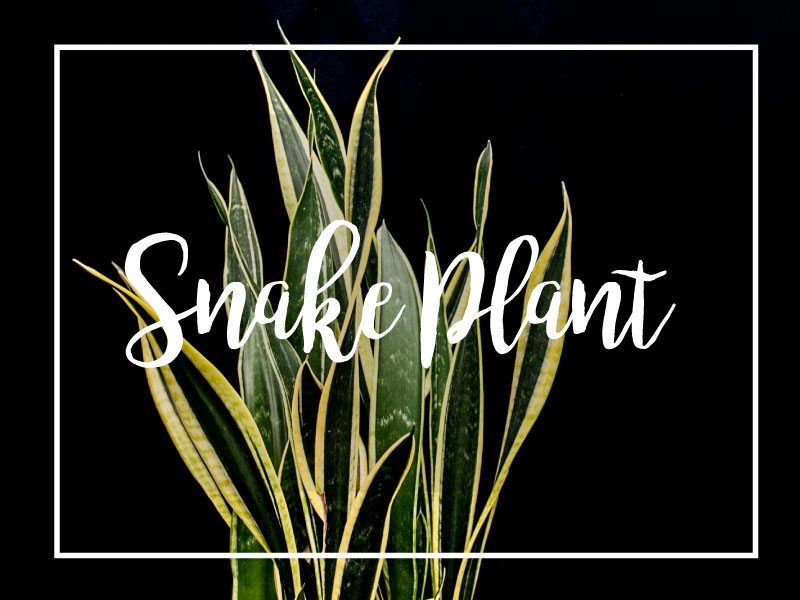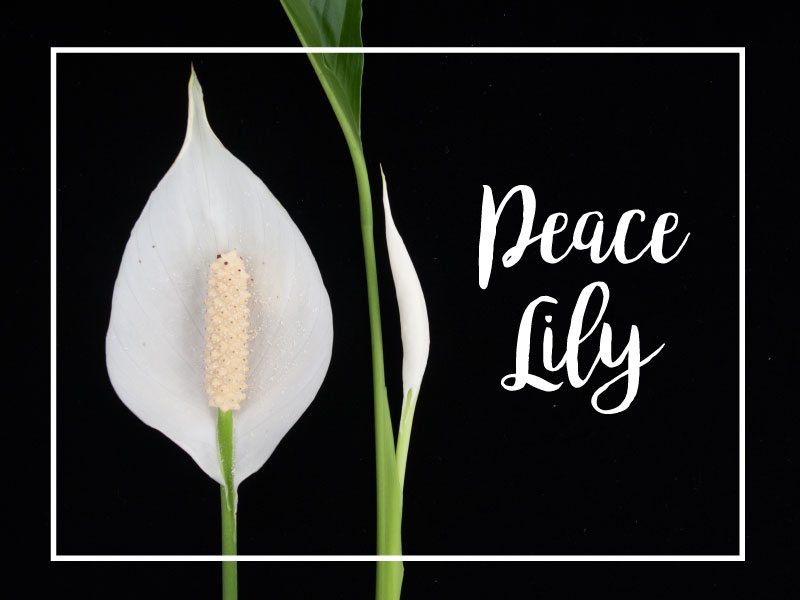Creating an Indoor Succulent Container
Julia Reed, Merrifield Plant Specialist
I love houseplants. So much so that my entire dining room doubles as a greenhouse. One of my favorite houseplants is the succulent. They’re easy to care for, beautiful to look at, and bring instant life to your home or office. You can easily add a succulent display to your space by following these easy steps.
Select your supplies
To begin, determine the colors and textures you’d like to see in your space. I recommend choosing an assortment of varieties to pull your eye through to the different areas of the container. You can’t go wrong in picking those your eye is naturally drawn to. Here are some of my favorites.
Next, select your container and potting medium. You’ll want to choose a shallow, open air pot as succulents don’t have a deep root system and like to be open to the air. A closed terrarium structure will not make for happy succulents! The pot should also have a hole at the bottom to assist with drainage.
Succulents do best in fast draining soil. When potting succulents, I like to use a small layer of gravel with Cactus Mix or Pro-mix soil. If you’re using Pro-Mix, you’ll also want to pull aside some sand to help with drainage. Finally, you can also increase the drainage by using decorative sand or gravel on the surface.
Assemble your container
Step 1: Place a piece of typar or grower’s cloth on the bottom of your pot, over the drainage hole.
Step 2: Lay down a layer of gravel, between a half inch and an inch. This will help with your container’s drainage.
Step 3: Fill your pot with Cactus Mix or Pro-mix. We started by filling our pot half-way with soil (you can always add more, if needed). If you are using Pro-mix, I recommend mixing one part sand to two parts Pro-mix to help with drainage.
Step 4: Arrange the plants the way you want depending on your style. You don’t need to break up the roots. If the roots are covering the edges of their pot then you can lightly tease them.
Step 5: Fill in and around the plants with more soil to cover the roots.
Step 6: If you want, add gravel or sand as a decorative finish.
Finish off your container with fresh water. Move your container over to your sink and water directly into the soil until the water runs out the bottom.
Caring for your succulents
Succulents will take as much light as they can get. They prefer at least four hours of bright, direct light. You can find direct light in sunny areas of your home within one to two feet of an unobstructed south or west facing window. In these spaces, the sun should directly touch the plant. If they are not in good light, they will start reaching for the light, which will make them stringy. A compact succulent is a pretty succulent. Generally, you won’t have to worry about your succulents getting sunburned when they’re indoors.
Succulents store water in their leaves. You can always tell when it’s time to water by feeling the lower leaves of your succulents. If they feel flat and deflated, then they are thirsty. When it comes to watering, it’s safer to let them run dry than moist. We recommend checking them for water every few days. Keep note of the day you planted them and the day they feel dry to establish a general number of days between waterings. At my house, I’ve found that my succulents tend to need water about every two weeks. When watering in a regular container, water directly into the soil until you see water coming out the bottom.
To keep your succulents well-fed and long lasting, you can fertilize from March to September. We recommend Schultz Cactus Plus Liquid Plant Food. Keep in mind that feeding them will cause them to grow faster!
Even though it might be tempting, try not to baby your succulents. As long as they’re in a sunny spot with regular waterings, they’ll be happy!


